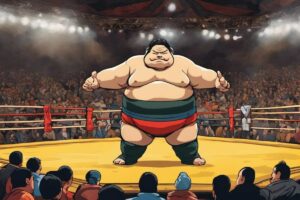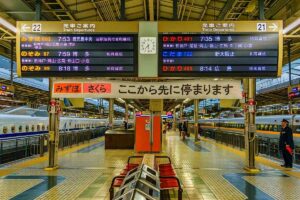Did you know that Japan is home to some of the best board games in the world?
Whether you’re a traveler looking for something to keep you occupied on long train rides, or a Japanese culture enthusiast who wants to learn more about the country’s traditional pastimes, these seven board games are sure to provide hours of entertainment!
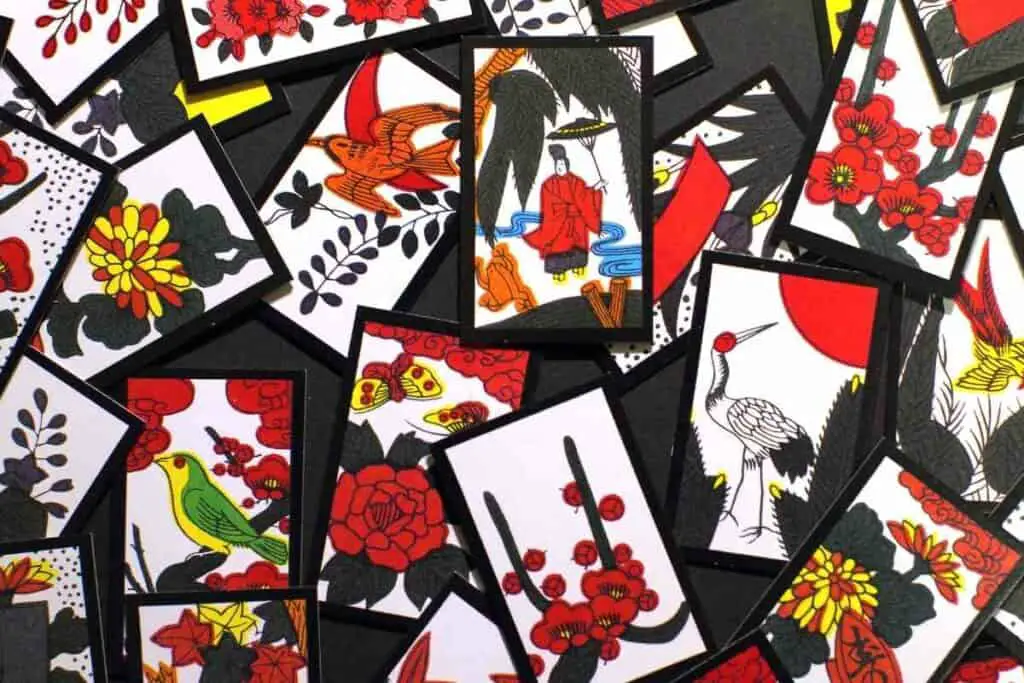
Each of these games has a different history, and for the most part, they are easy to learn.
While reading you may even notice that you’ve played a Western version of some of these games!
[lasso type=”table” id=”76″ link_id=”8890″]
Table of Contents
1) Go
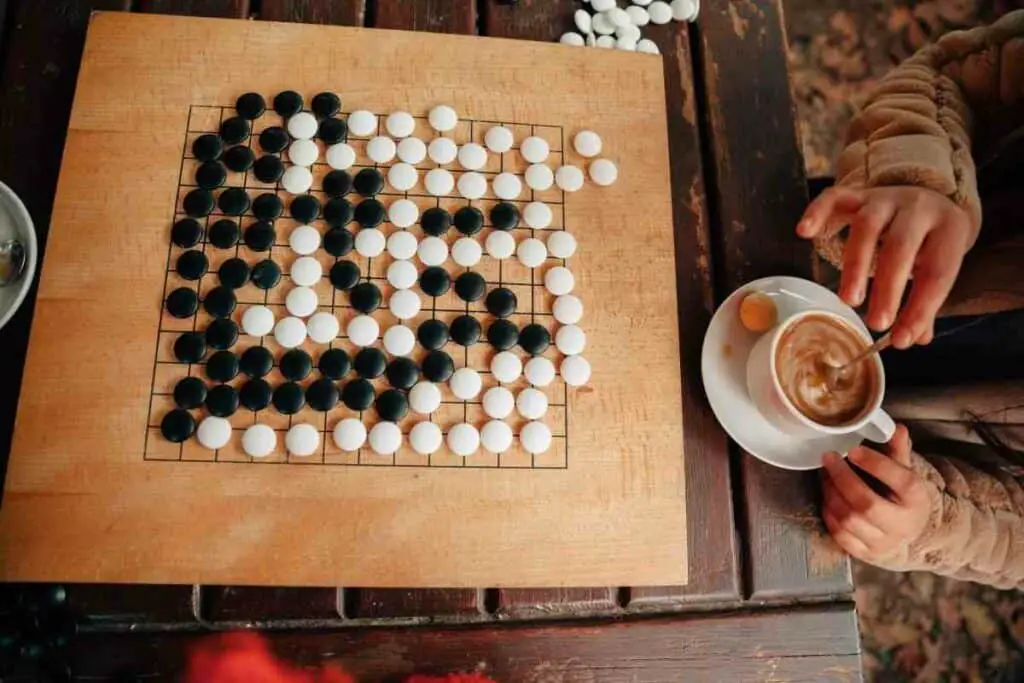
- Origin: China
- Number of players: 2
- Duration: Varies
Go is one of the oldest board games in the world, originating in China over 2,500 years ago.
The game is thought to have been invented by a sage named Lui Bei, and was originally known as Wei Qi.
The game spread to Japan in the 8th century AD, where it became incredibly popular. Today, Go is considered a national pastime in Japan.
The game is played on a 19×19 grid, with each player taking control of either black or white stones.
The objective of the game is to capture as much territory as possible by surrounding your opponent’s pieces with your own.
The game can be very complex, and can often take several hours to complete.
2) Shogi
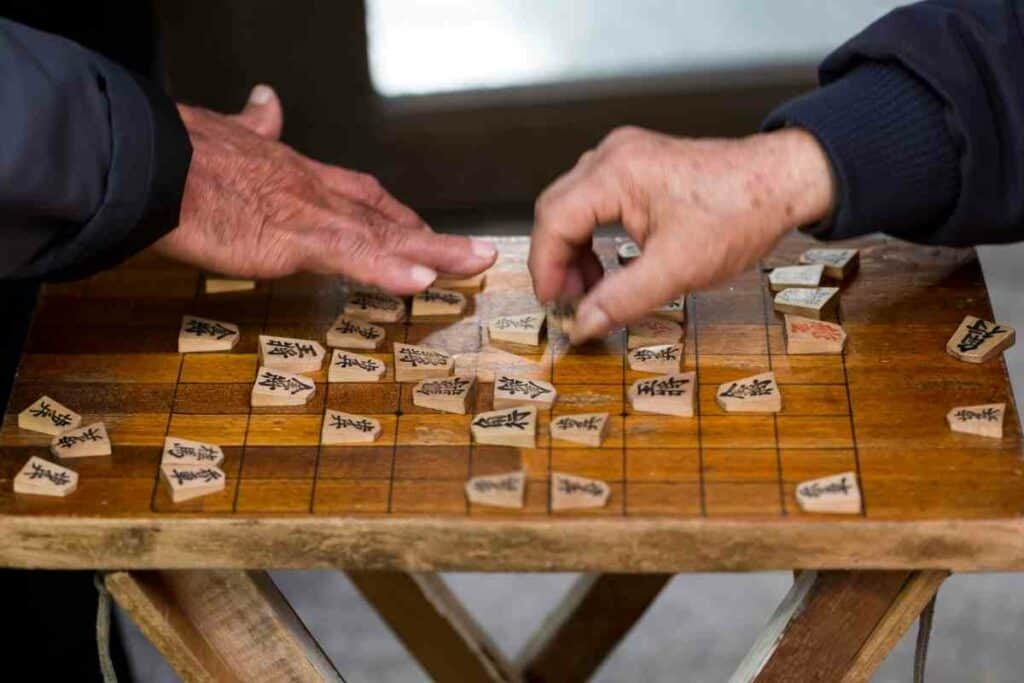
- Origin: Japan
- Number of players: 2-4
- Duration: 30-60 minutes
Shogi is a game played in Japan.
It was made by the people who live in Japan and can be played with 2-4 players.
The game is popular because it takes about 30-60 minutes to play, and can be played by anyone.
To play Shogi, you need a board, which is a 9×9 grid, and two sets of pieces.
One set is for black, and one set is for white. The game can be played with either black or white playing first.
Black always goes first in Shogi.
The objective of the game is to capture your opponent’s king piece.
To do this, you must surround the king piece with your pieces.
The game is won when one player either captures the king, or the other player runs out of moves.
3) Riichi Mah-Jong
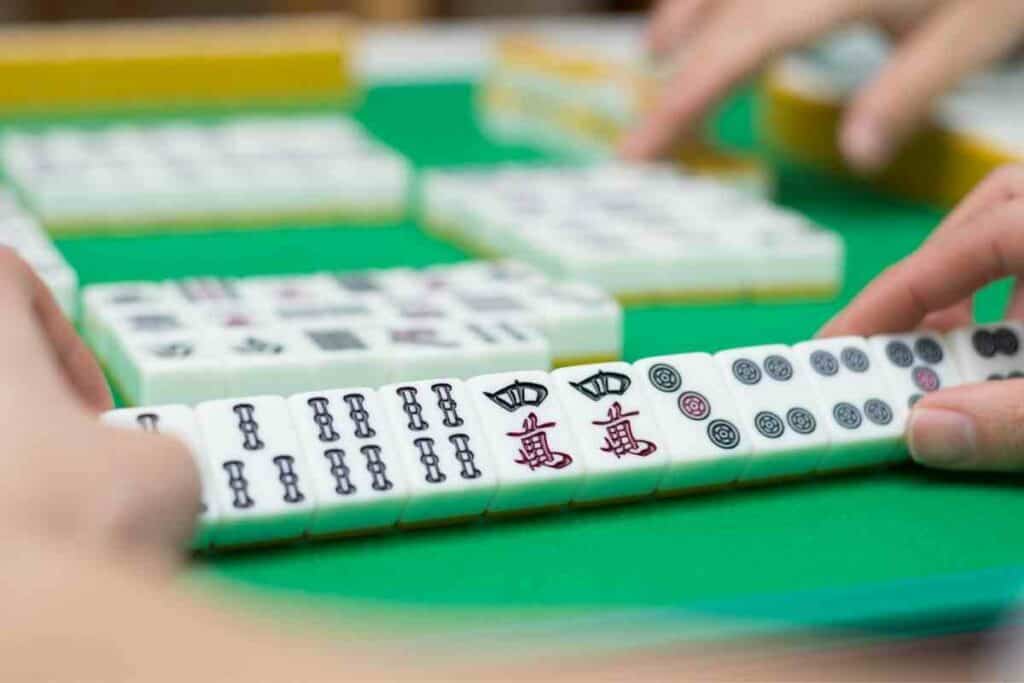
- Origin: China
- Number of players: 3-4
- Duration: 30 minutes
Mah-jong is a board game that originated in China.
It can be played with 3-4 players, and usually lasts about 30 minutes.
The objective of the game is to remove all of the tiles from the board by matching them with others of the same type.
To play mah-jong, you will need a set of mah-jong tiles, which are divided into four suits: bamboo, dots, characters, and winds.
There are also three special tiles:
- the dragon
- the phoenix
- and the joker
Each player will start with 13 tiles and will take turns drawing and discarding tiles until they have a winning hand.
The first player to remove all of the tiles from the board wins the game.
4) Hanafuda
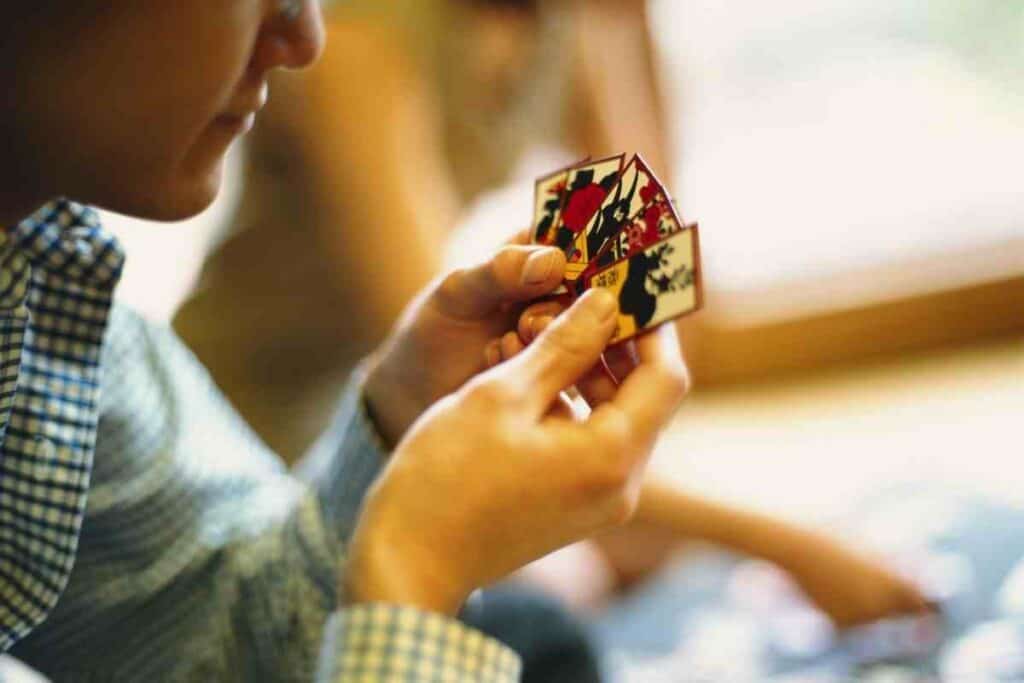
- Origin: Japan
- Number of players: 2-4
- Duration: 30 minutes
Hanafuda is a card game that originated in Japan. It can be played with 2-4 players, and usually lasts about 30 minutes.
The objective of the game is to remove all of the cards from your hand by matching them with others of the same type.
To play hanafuda, you will need a deck of hanafuda cards.
There are 12 suits in hanafuda, each of which represents a different month of the year.
The suits are:
- bamboo
- cherry
- plum
- orchid
- chrysanthemum
- pine
- bamboo
- grass
- willow
- sun
- moon
- and star
Each player will start with six cards and will take turns drawing and discarding cards until they have no cards left in their hand.
The first player to remove all of the cards from their hand wins the game.
5) Karuta
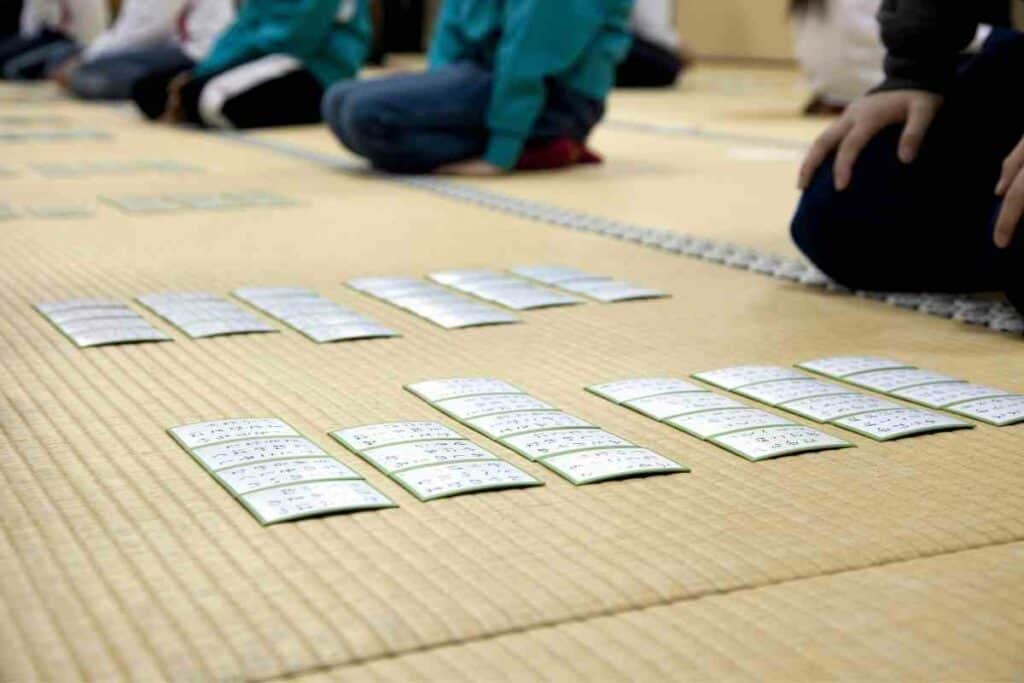
- Origin: Portugal
- Number of players: 2-4
- Duration: 30 minutes
Karuta is a card game that originated in Portugal.
Portuguese sailors used clamshells to play, and they’d paint the insides of the clamshells with matching landscape pictures or poetry.
The objective of the game is to remove all of the cards from your hand by matching them with others of the same type.
To play karuta, you will need a deck of karuta cards. In the deck, there are two types of cards:
- the yomifuda 読み札よみふだ
- and the torifuda 取り札とりふだ
The yomifuda are reading cards, and each round the reader picks up one yomifuda and reads it aloud.
Then the other players try to find the matching torifuda as quickly as they can.
This is repeated until there are no cards left.
6) Daifugo

- Origin: China
- Number of players: 3-7
- Duration: 30 minutes
This game originated in China and slowly spread globally, it even made an appearance in the States in the 1980s as “President”.
The game is easy to set up, and you can play for as long as you want since the rounds are pretty quick.
To start playing, all you need is a deck of cards and 3-7 players.
The entire deck is dealt out amongst the players as evenly as possible. Some players may end up with an additional card and that’s okay.
The player who goes first is the winner of Janken, similar to rock-paper-scissors.
This player may place any single card, any pair of cards, any 3 matching cards, any four matching cards, or a sequence of three or more cards of the same suit.
The next players must place the same amount of cards at the same value or higher value.
If the dealer lead with a 7 or double 7s, player 2 must play at least a 7 or double 7s to avoid passing their turn.
The first person to discard all of their cards is the Dai Fugō 大富豪, or “very rich man” and the last person remaining with cards in their hands is the Dai Hinmin 大貧民 or “very poor man”.
Before the start of the next turn, the Dai Fugō will give their worst two cards to the Dai Hinmin, and the Dai Hinmin will give their best two cards to the Dai Fugō.
If you’re playing with 7 people, there is also a Fugō, who is the second to go out, and the Hinmin who is the second last to go out.
The Fugō will only give their worst card to the Hinmin, and the Hinmin will only give their best card to the Fugō.
7) Tokyo Highway

- Origin: France
- Number of players: 2-4
- Duration: 45 minutes
Tokyo Highway is a game that simulates the construction of a highway in Tokyo.
The game is for 2-4 players, and each player has a board to build their highway on.
To play Tokyo Highway, you will need a game board, 4 cars, and 36 road tiles.
The road tiles are placed in the middle of the board, and each player starts with their cars on the start space.
On your turn, you will roll a die and move one of your cars the number of spaces rolled.
If you land on a space with a road tile, you may take that tile and add it to your highway.
If you cannot add the tile to your highway, you must return it to the middle of the board.
The game ends when one player has moved all of their cars into their home column.
Final Thoughts
If you’re looking for a new and unique gaming experience, or just want to learn more about Japan’s diverse board game culture, be sure to check out some of the games we’ve mentioned.
Who knows?
You may even find yourself enjoying a few rounds of Daifugo without even realizing it!
In Case You Missed It
- Sumo Wrestler Suit for Adults by TOLOCO: Best Sumo Suit?
- Eki Stamp Book (Gotta Collect Them All!)
- Explore the Fascinating World of Japanese Rubik’s Cubes
- Tenkara Fishing and 3 Best Japanese Fishing Rods for the Job
- Are Drones Allowed In Japan? (About Japan’s Drone Laws)
- 6 Best Comic Book Stores In Tokyo

